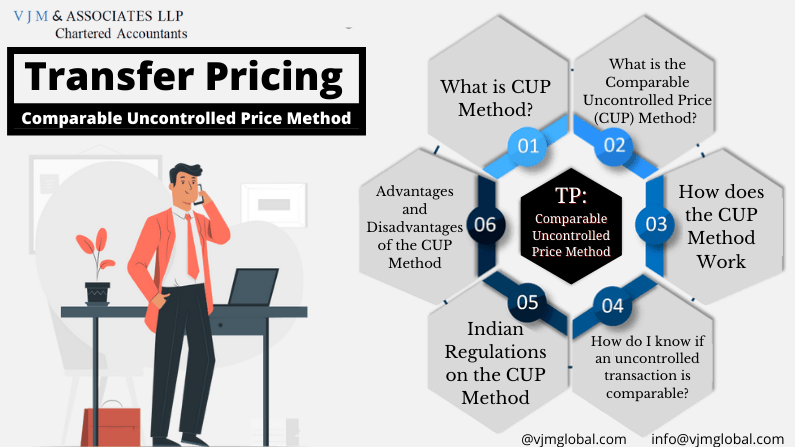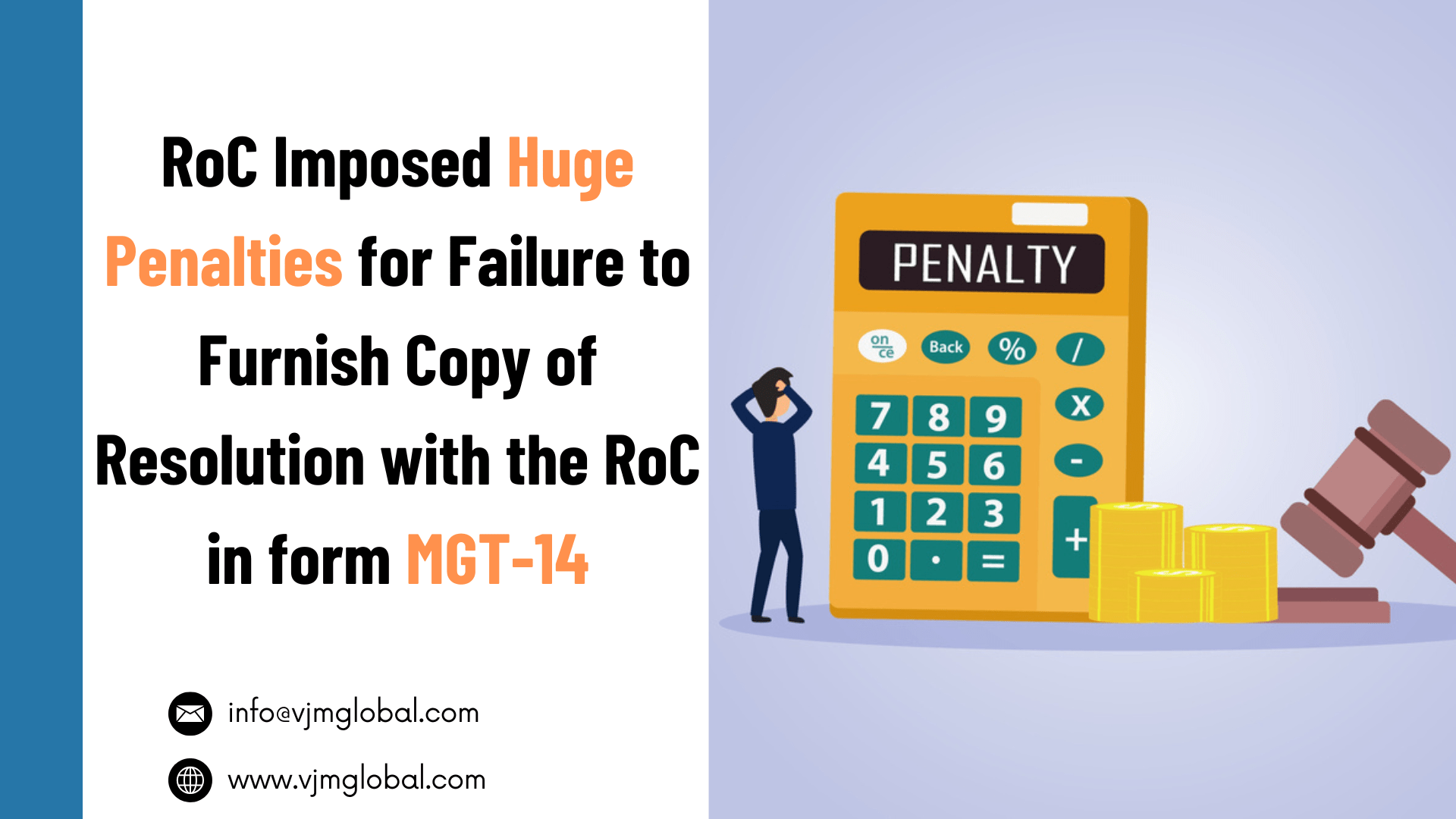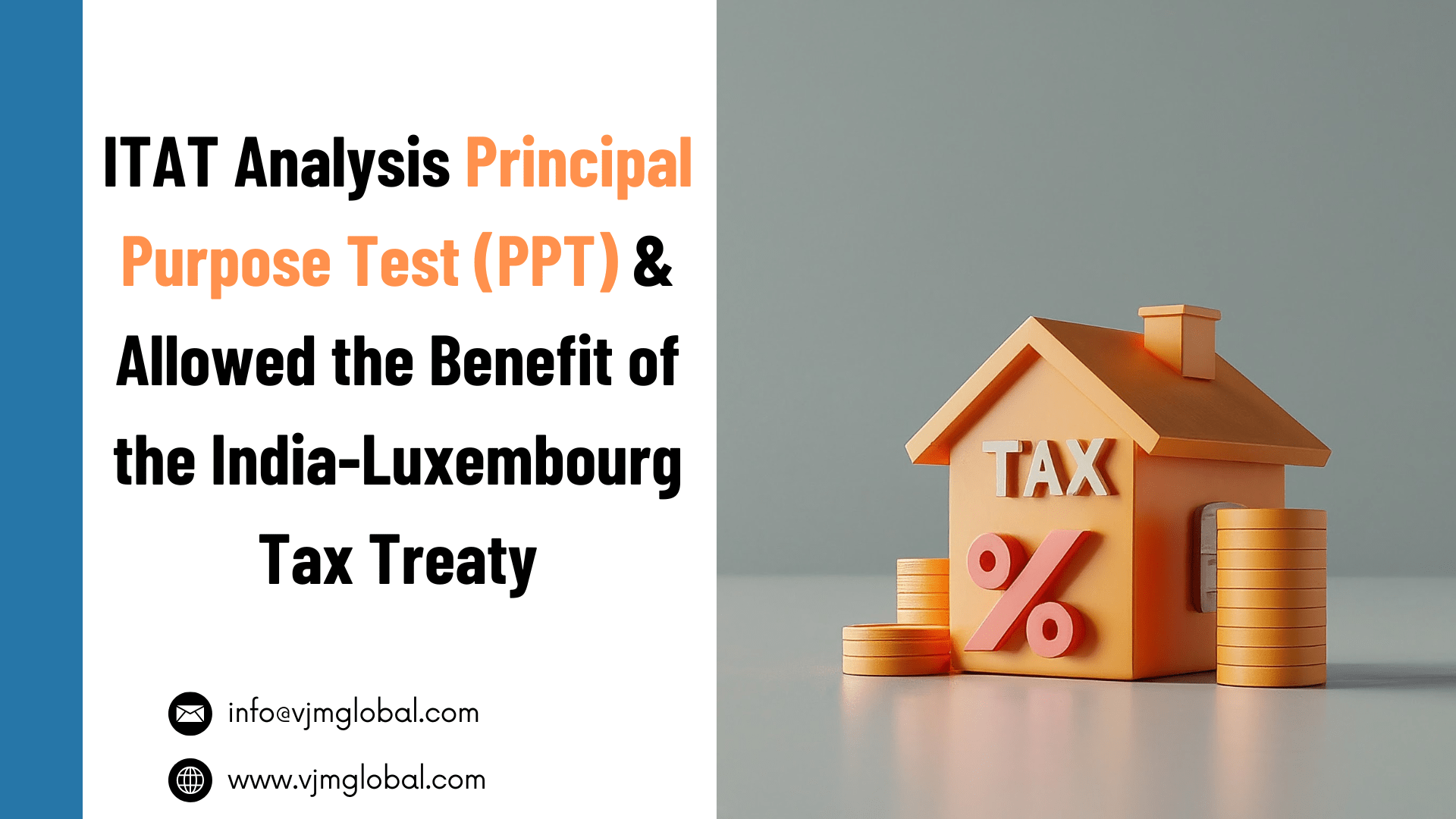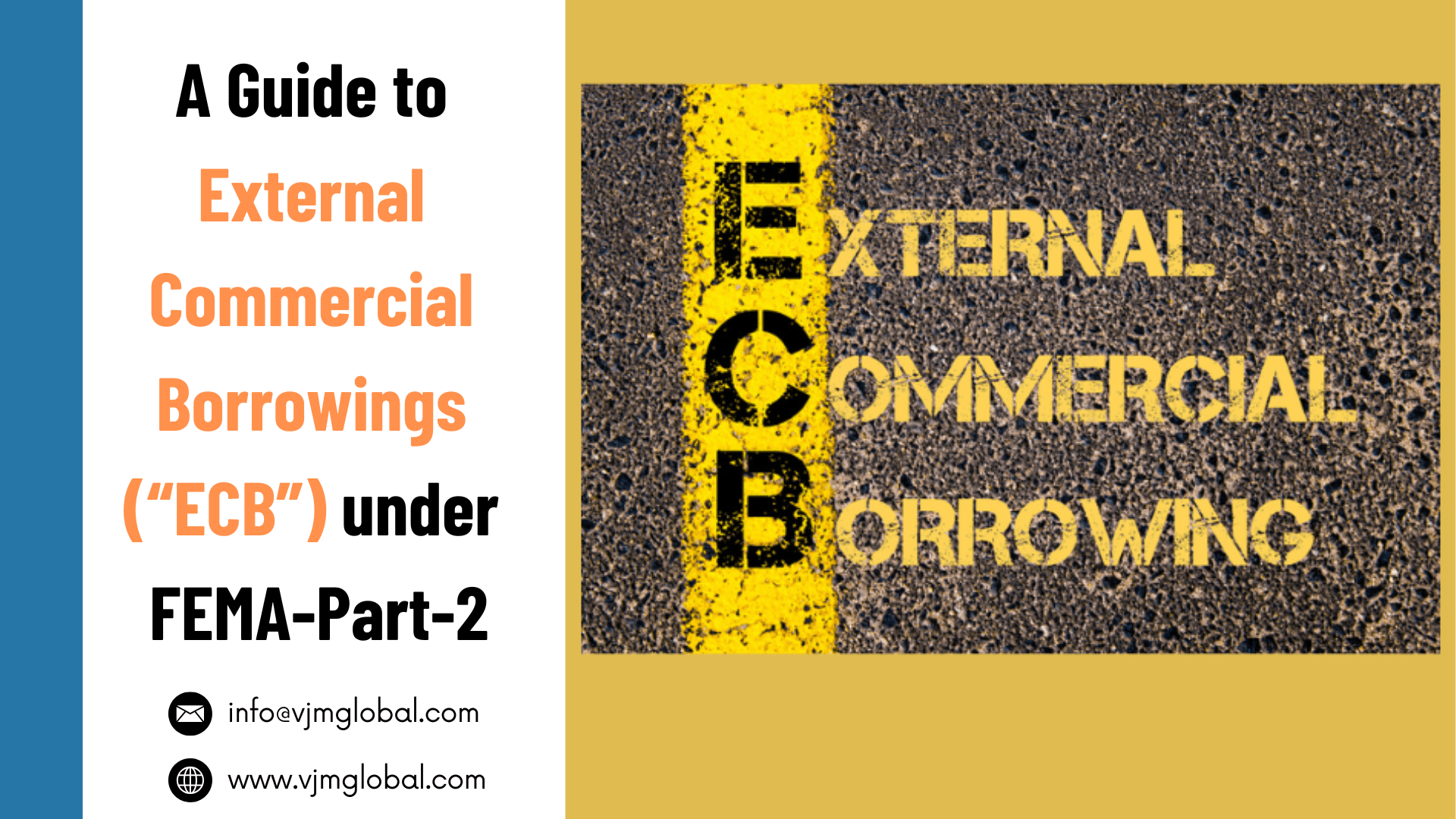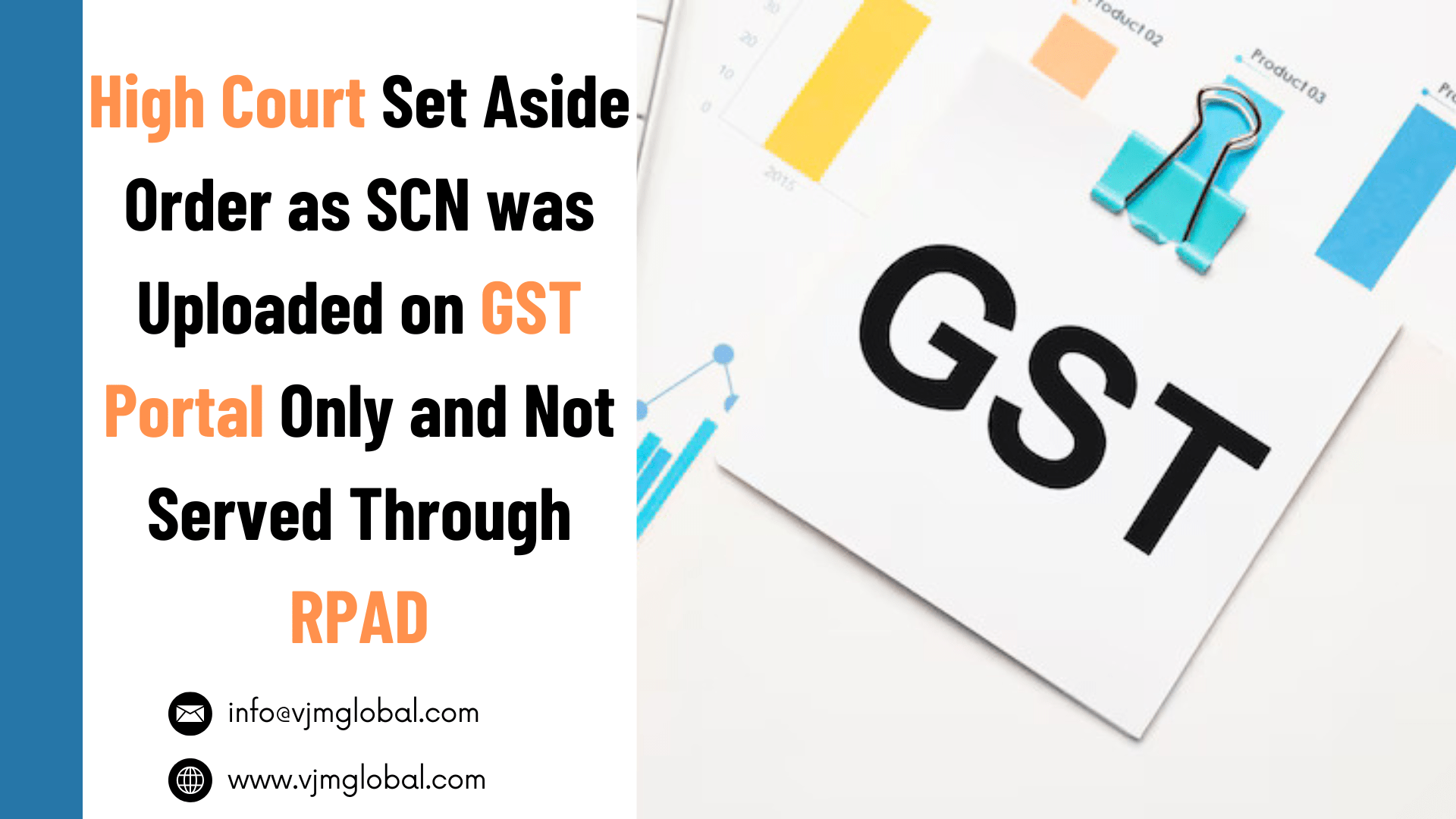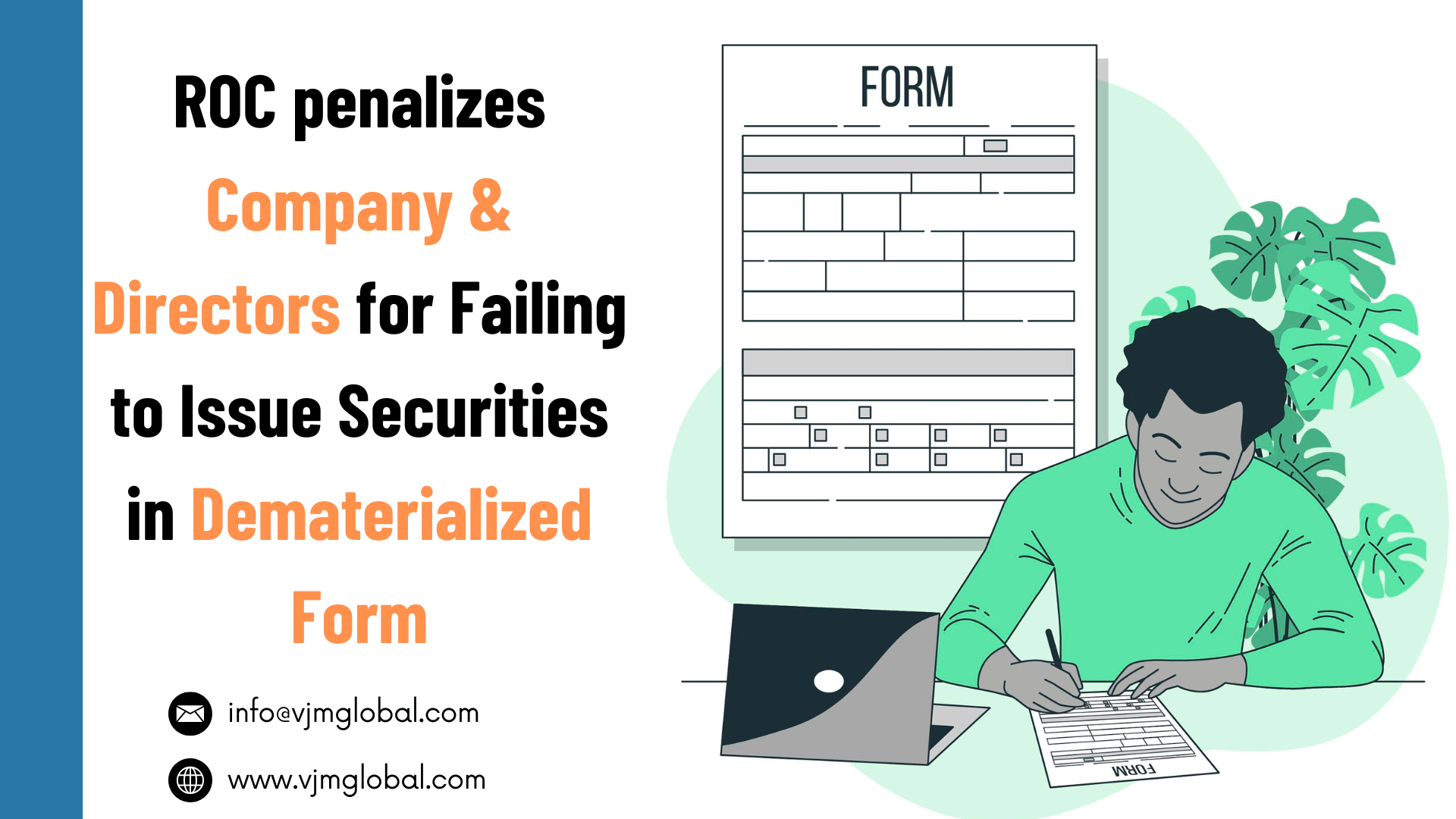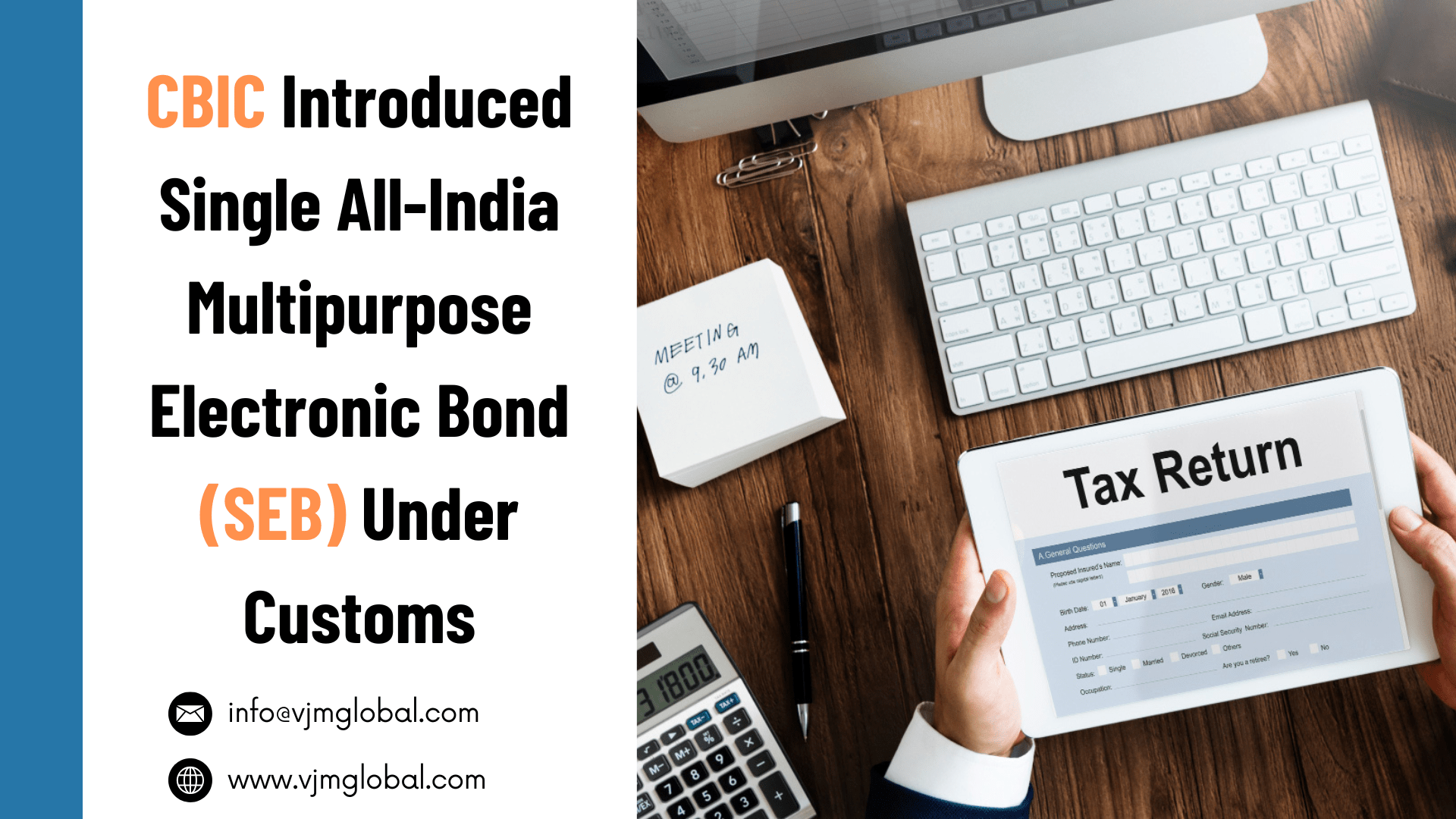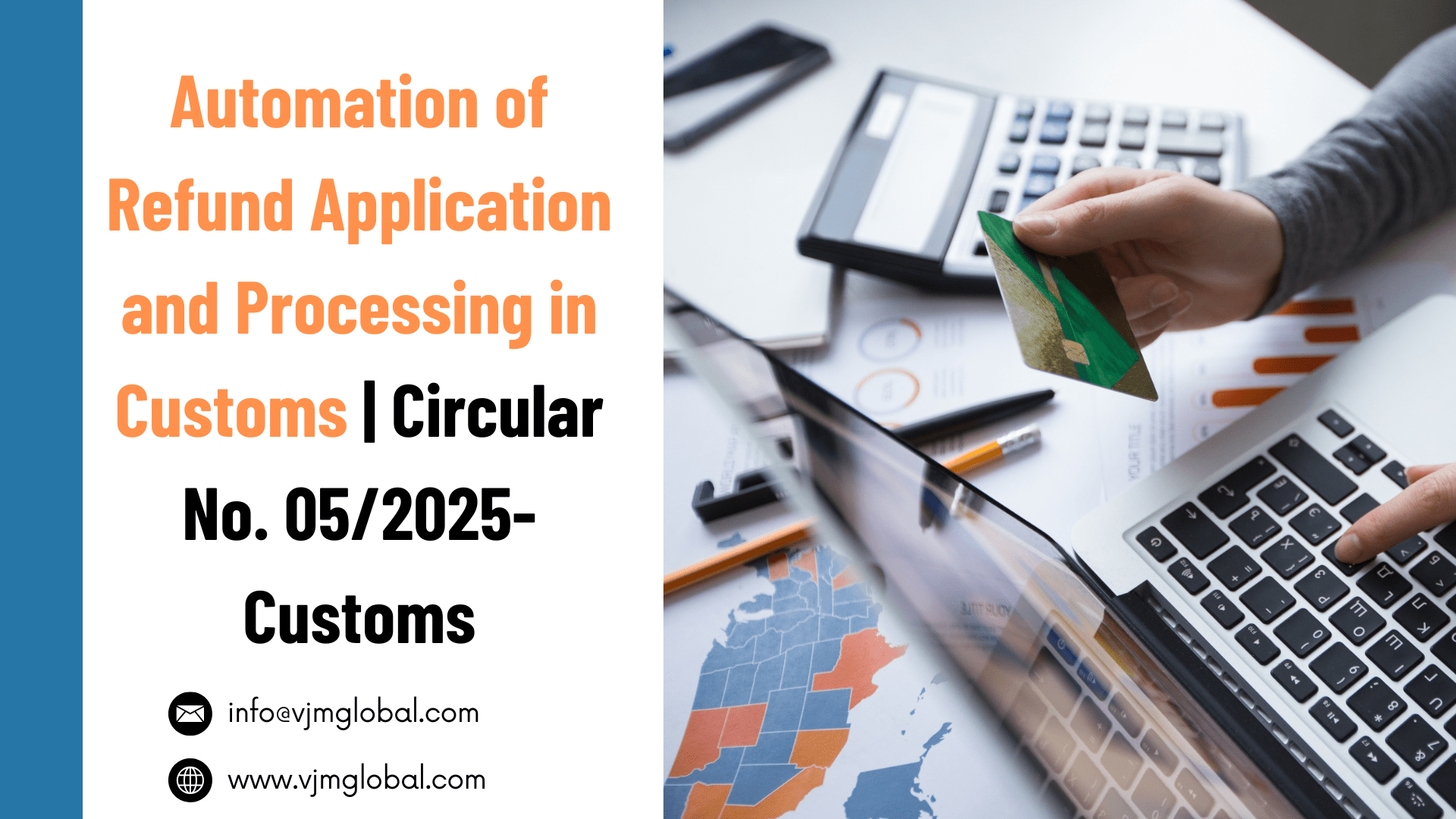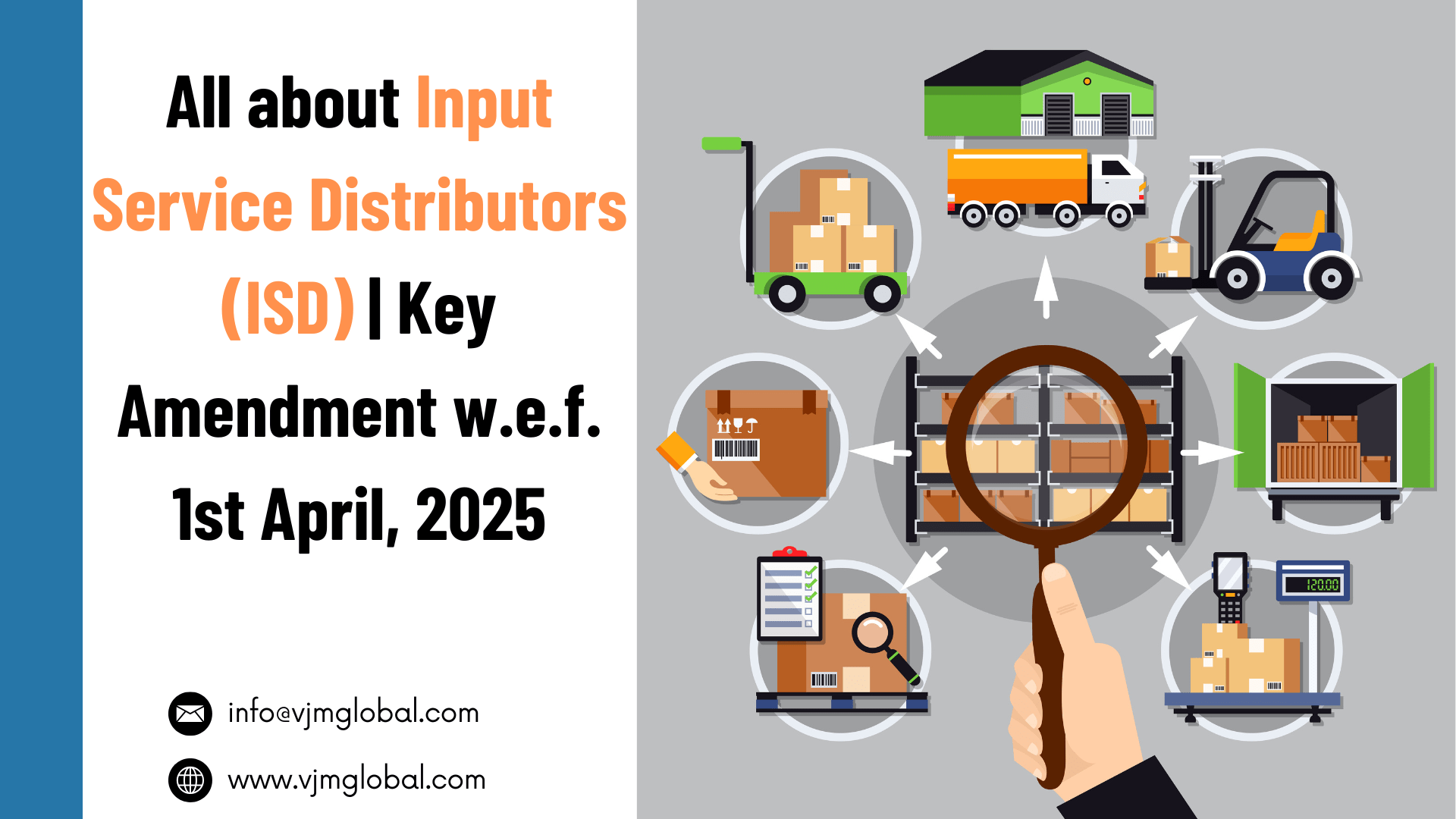Transfer pricing is briefly defined as the value which is attached to the goods or services that are transferred between related parties. In other words, it can be understood that transfer pricing is basically the price that is paid for goods or services which are transferred from one unit of an organization to its other units situated in different countries (with exceptions). After the need was realised, various methodologies were introduced for the purpose of transfer pricing, the Comparable Uncontrolled Price method is one of them. In this article you will discover what the CUP method is, what is applicability, how to use it, and what are its advantages and disadvantages.
1. What is the Comparable Uncontrolled Price (CUP) Method?
The CUP method is generally used where the nature of the product dealt by the enterprise is the same and also where there exists a similarity in the credit terms, risk and geographical markets. The transfer pricing method can be of two kinds:
- Internal CUP Method: In this method of CUP the buyer entity is the subsidiary of the selling entity and the seller also sells the product to some other external entity in the same geographical market as of its subsidiary entity.
- External CUP Method: When two unrelated entities do business of sale and purchase it is known as external CUP.
It is important to note that in the external CUP method sometimes the parameters are not satisfied but when it comes to the internal CUP method, the chances of success are very high. In fact, in the case of Hughes Systique India Pvt. Ltd. V. Even the court had held that the internal CUP method is to be preferred over the external CUP method.
In common practice, CUP is the best method in transfer pricing but before diving head first into it, you need to ensure that factors like nature of service, contractual terms, geographical market, and time period must be seen from the agreement available for the transaction. The impact of all these factors may vary from case to case.
2. OECD´s Definition of the CUP Method
According to the Organization for Economic Co-operation and development (“OECD”) guidelines, CUP is a Transfer Pricing method which “compares the price charged for property or services transferred in a controlled transaction to the price charged for property or services transferred in a comparable uncontrolled transaction in comparable circumstances”. As per the OECD, the CUP method is the most direct and reliable way to apply the arm’s length principle.
Comparable uncontrolled transaction can be used as CUP if one of the following two conditions is met:
- None of the differences (if any) between the transactions being compared or between the enterprises undertaking those transactions could materially affect the price in the open market; or
- Reasonably accurate adjustments can be made to eliminate the material effects of such differences.
2. How does the CUP Method Work
To use the CUP method, you first need to identify a comparable uncontrolled transaction that took place under comparable circumstances to the controlled transaction you intend to assess. You can use either the internal comparables or external comparables for the purpose.
[NOTE: Here, Internal comparables are transactions that took place between your organization and an independent party (as opposed to the controlled transaction that is taking place between your organization and an associated enterprise), and external comparables are transactions that took place between independent enterprises in comparable conditions to the controlled transaction.]
Once you’ve completed the first step, next you’ll compare the price and conditions of the controlled transaction between associated enterprises with the price and conditions of the comparable uncontrolled transaction between independent enterprises that you’ve located. If the two prices come out to be the same, the conditions of the controlled transaction are considered to be at arm’s length. In case the two prices are different, the conditions of your organization’s commercial or financial relations with the associated enterprise may be not at arm’s length and you would have to substitute the price in the controlled transaction with that of the comparable uncontrolled transaction to help you see what the conditions need to look like to be at arm’s length.
3. How do I know if an uncontrolled transaction is comparable?
The first step is to identify a comparable uncontrolled transaction. You can check if an uncontrolled transaction is comparable by finding the answer to the following 2 questions:
- Are there any differences between the transactions I’m comparing or the parties entering into those transactions that could materially affect the price?
Here, you should take into consideration the differences in Products or services, Contractual terms, Economic circumstances, and Business strategies.
- In case there are differences between the transactions, can you make reasonable adjustments to eliminate their effect on the price charged in the open market?
If there exists no difference, or if the differences can be reasonably adjusted to eliminate any effect on price, then the uncontrolled transaction is comparable. On the other hand, if there are differences and reasonable adjustments cannot be made, then the transaction may not be comparable and you need to find a different method.
4. When should I use the Comparable Uncontrolled Price Method?
The CUP method is most appropriate for commodity transactions where the same products are sold in the controlled and uncontrolled transactions. Here, it is important that the product ought to be of a similar type, quality and quantity within both transactions, and further, the transactions also need to happen at roughly the same time, under similar conditions, and at the same stage in the production or distribution chain. Other than this, it can also be used for transactions where there are slight differences in the product, as long as the differences do not have a material effect on the price because if they do, and you are unable to make adjustments to eliminate this material effect, then you’ll have to use a different method.
In addition to the above, this method is also quite popular for organizations who want to set arm’s length interest payments for intercompany loans or conduct transactions involving royalty payments.
5. Indian Regulations on the CUP Method
Rule 10B(1)(a) of the Income Tax Rules, 1962 lays down the regulations for the Comparable Uncontrolled method that must be complied with. They state as follows:
(i) The price charged or paid for property transferred or services provided in a comparable uncontrolled transaction, or a number of such transactions, is identified
(ii) Such price is adjusted to account for differences, if any, between the international transaction and the comparable uncontrolled transactions or between the enterprises entering into such transactions, which could materially affect the price in the open market
(iii) The adjusted price arrived at under sub-clause (ii) is taken to be an arm‟s length price (“ALP”) in respect of the property transferred or services provided in the international transaction
6. Advantages and Disadvantages of the CUP Method
6.1 Advantages of CUP method
- CUP is the most direct way of finding the arm’s length conditions because it uses the market price. On top of it, it’s the OECD’s preferred choice for any analysis where comparable data is available.
- It’s ideal for commodity transactions as these are often highly comparable and it’s relatively easy to find reliable comparables data.
- It allows for flexibility. This means, if you need to combine it with another transfer pricing method then it is very much possible, only as long as you’ve made sure that these methods are appropriate.
- It provides you with ample evidence to present to the tax authorities because it directly shows that your transaction is aligned with market conditions. This enables you to manage and minimize risks to your transfer pricing and taxes.
6.2 Disadvantages of CUP method
- It can be quite difficult to find comparable uncontrolled transactions that meet the strict comparability criteria of the CUP method. Even a small difference in the product or conditions can have a material effect on price.
- Making adjustments can reduce the reliability and accuracy of your analysis using the CUP method. This depends on the extent and reliability of your adjustments.
Although the CUP method is the most effective Transfer Pricing method, it can be time consuming and quite complicated at times too. At times like these you need the help of an expert to ensure the best decision for your company. Get in touch with our experts and make the best of this method.

